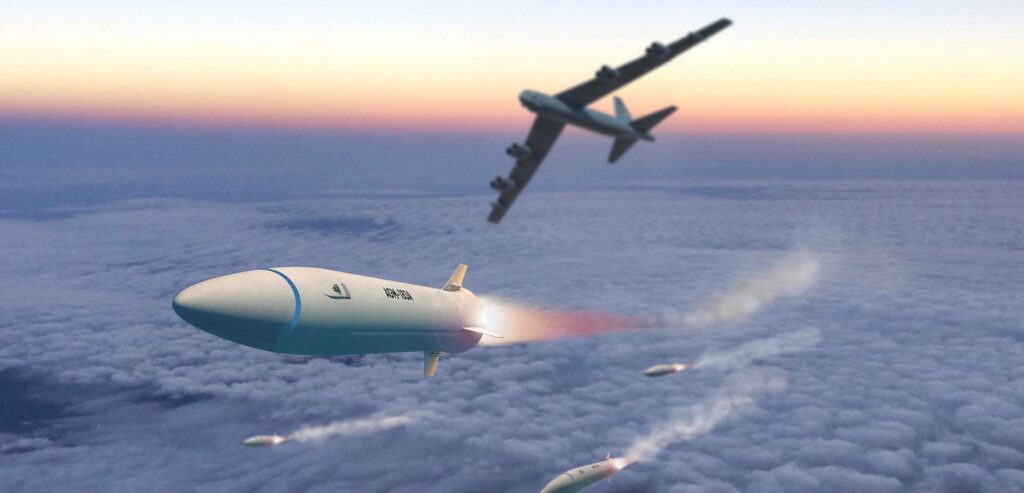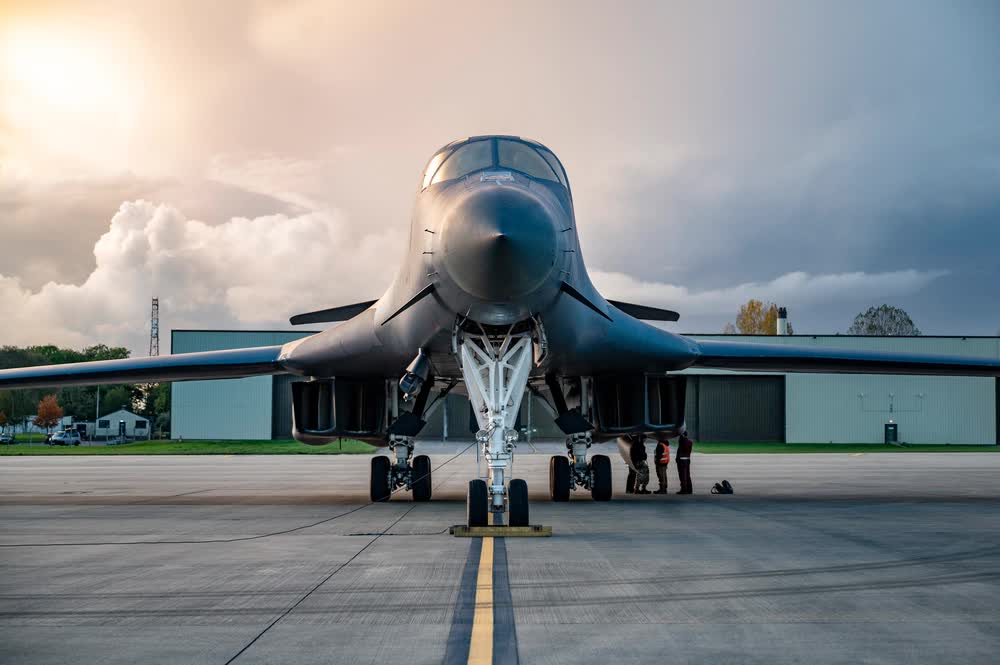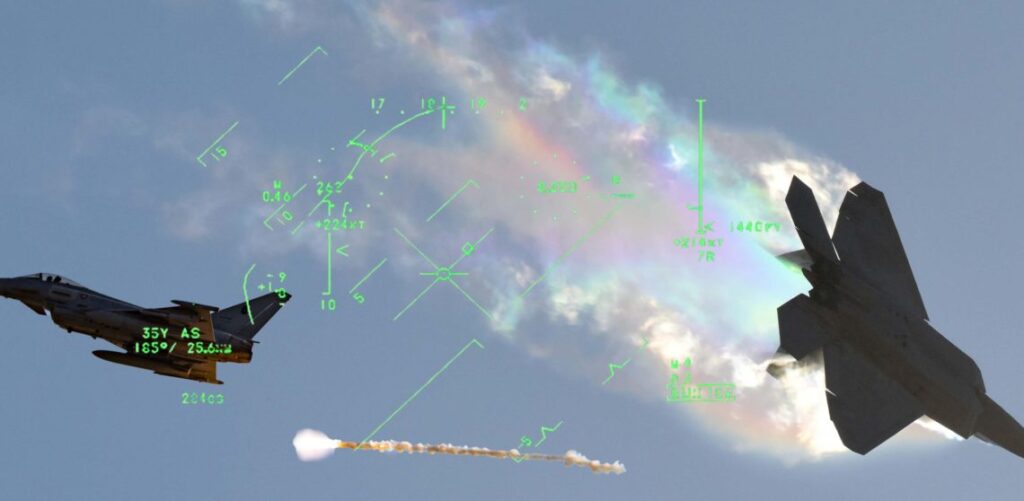On Monday, the United States announced yet another successful test of its scramjet-powered hypersonic cruise missile known as the Hypersonic Air-breathing Weapon Concept, or HAWC. This news comes directly on the heels of last week’s announcement of successful tests of two different kinds of hypersonic boost-glide missiles; Lockheed Martin’s AGM-183A ARRW and DARPA’s OpFires missile.
It would seem America’s hypersonic efforts are beginning to hit their stride.
“The test demonstrated how we’ve rapidly matured affordable scramjet technology, which is the basis for air-breathing weapons,” said Colin Whelan, president of Advanced Technology for Raytheon Missiles & Defense in a press release.
“Our second HAWC flight test success is an important milestone for our nation as we advance hypersonic systems.”
There has been a lot of discussion about a hypersonic arms race between Russia, China, and the United States in recent years, with each nation devoting a great deal of money and effort toward fielding these high-speed weapons. While weapons that achieve hypersonic velocities (speeds above Mach 5) are nothing new, these modern hypersonic missiles couple extreme speeds with maneuverability, making them exceedingly difficult to intercept with existing technology.
These modern maneuverable hypersonic weapons fall within one of two categories: hypersonic boost-glide systems and scramjet-powered hypersonic cruise missiles.
Related: Is America really losing the hypersonic arms race?
America’s successful tests included both kinds of modern hypersonic missiles

The successful tests of Lockheed Martin’s AGM-183A Air-launched Rapid Response Weapon (ARRW) and DARPA’s OpFires missile last week both fall under hypersonic boost-glide weapons. This week, another successful test of DARPA’s HAWC missile marks even further progress in scramjet-powered hypersonic missiles as well.
In total, the U.S. now has more than 70 different hypersonic programs drawing funds from Pentagon coffers, including at least one that may aim to field a reusable hypersonic reconnaissance and strike drone.

Boost-glide systems are the only hypersonic weapons currently in service for any nation, with China’s hypersonic anti-ship DF-ZF system carried aloft by their DF-17 ballistic missile, and Russia’s nuclear Avangard carried aboard the nation’s new RS-28 Sarmat ICBM. These weapons function somewhat similarly to existing ballistic missile technology, being launched via conventional rocket booster before separating (often at a lower altitude than ballistic missile warheads) and gliding unpowered towards a target at extremely high speeds—sometimes as high as Mach 20 or more.
Scramjet-powered hypersonic cruise missiles represent completely different technology, though they’re lumped in with boost-glide systems due to their high speed and maneuverability. These weapons leverage experimental air-breathing propulsion systems called Supersonic Combustion Ramjets, or scramjets, to achieve and sustain hypersonic speeds. Scramjets are air-breathing jet engines that allow air to flow through them at supersonic speeds, unlike other forms of jet engines, which slow the airflow to more manageable subsonic speeds.

In effect, these weapons function just like any other cruise missile… just faster. They fly along a largely horizontal flight path under the power of its onboard propulsion system much like an aircraft. This is the class of weapon Raytheon and Northrop Grumman’s recent HAWC missile success falls under, though the HAWC program has also seen success when powered by a Lockheed Martin scramjet as well.
Related: What exactly are hypersonic missiles and why do they matter?
The HAWC missile has now had three successful tests with two different scramjets
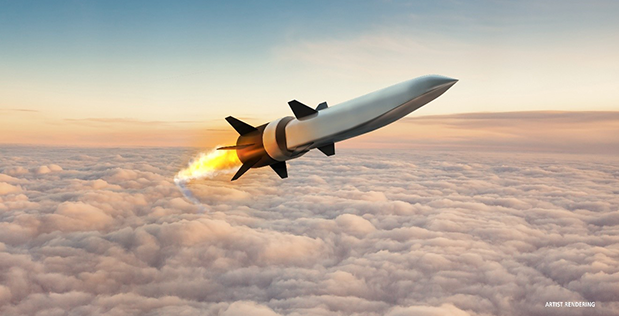
Monday’s announcement marks the second consecutive success of the scramjet-powered Hypersonic Air-breathing Weapon Concept, or HAWC, missile using a Northrop Grumman-designed scramjet propulsion system, but it’s actually the program’s third overall success in less than a year.
The last test of the Northrop Grumman-powered HAWC missile took place in September. Then, the Raytheon-designed weapon was tested again in April of this year using a Lockheed Martin-sourced scramjet system for propulsion instead, which resulted in another success. That Lockheed Martin-powered missile sustained hypersonic flight for a record-crushing 327 seconds, breaking the decade-spanning record set by Boeing’s X-51 Waverider of 210 seconds.

Now, a third success (the second with the Northrop scramjet) makes it evident that the previous wins weren’t a fluke. The United States now appears to have at least two functional scramjet propulsion systems for missile applications, potentially making it the frontrunner in the development of these types of modern hypersonic weapons.
Russia has claimed successes of their 3M22 Zircon missile, which some have postulated is powered by a scramjet — but to date, there’s no evidence to suggest the weapon actually has a functional scramjet, or that it will enter service any time soon. As the world has grown increasingly privy to throughout Russia’s ongoing invasion of Ukraine, Moscow has a habit of overstating its military capabilities.
However, China may be a real competitor in scramjet technology, with their recently announced test of a rocket-based combined cycle system said to incorporate a rocket, a ramjet, and a scramjet for propulsion. However, like Russia, news of these tests emerges via state-owned news outlets barred from independent reporting, making it difficult to divine just how far along this program truly is.
Related: America may have just taken the lead in hypersonic cruise missile technology
The AGM-183A Air-launched Rapid Response Weapon (ARRW) has now aced two tests in a row
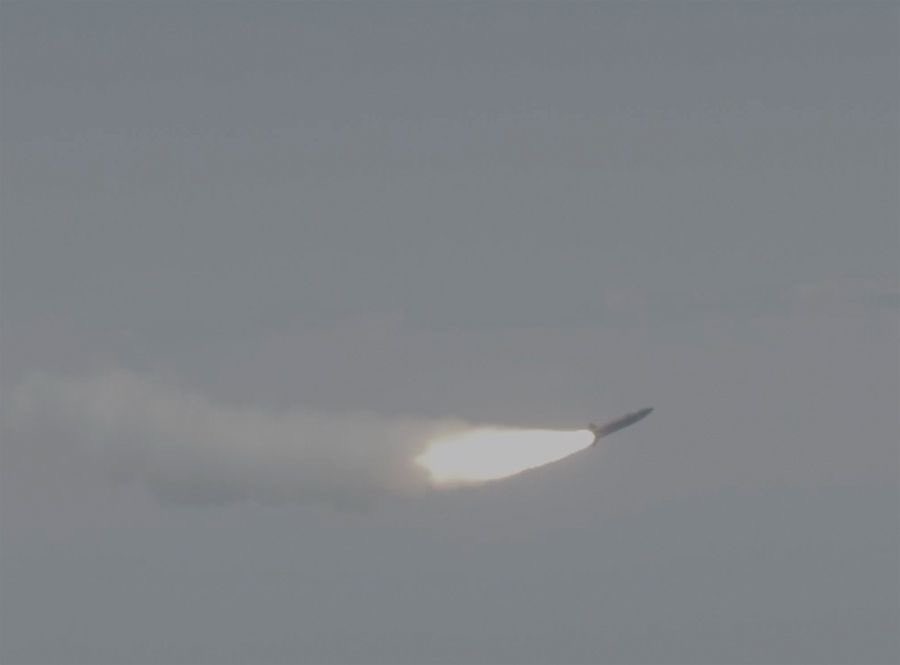
Three past testing failures of the ARRW missile set the program back this year, with the Air Force opting not to move ahead with the purchase of 12 missiles from Lockheed Martin as originally intended. Last week’s test, however, marked two successes in a row for the program since that decision, likely putting the AGM-183A on track for production next year.
The AGM-183A ARRW is an air-launched hypersonic boost-glide missile under development for the Air Force, and is likely to be America’s first hypersonic weapon to enter operational service. Unlike the boost-glide weapons fielded by Russia and China, however, ARRW is not nuclear-capable. This will allow the system to be employed in a wider variety of conflicts without the risk of nuclear escalation or retaliation, effectively offering a conventional weapon for conventional conflicts.
Thus far, the ARRW has been carried and launched by America’s elder statesman of the bomber community, the B-52 Stratofortress, though plans have been discussed to field this weapon aboard the supersonic B-1B Lancer bomber as well as the F-15E Strike Eagle.
Related: How America almost got hypersonic aircraft decades ago
DARPA’s OpFires hypersonic missile marks its first test with a success

Although the successful test launch of the OpFires missile was just announced last week, the test itself was actually conducted in late May. The weapon is a Lockheed Martin-designed hypersonic boost-glide system powered by a Northrop Grumman rocket motor. What makes OpFires particularly special is its means of deployment—the system is designed to be launched from ground vehicles like the Marine Corps’ Logistics Vehicle System (LVS).
This first test of the medium-range OpFires missile did not attain hypersonic speeds, but wasn’t meant to. Instead, it was a test of the missile canister egress, stable flight capture, and use of U.S. Army inventory artillery fire control systems to initiate the launch. According to a DARPA release, the test successfully completed all of its objectives.
Related: Why calling Russia’s Kinzhal a ‘hypersonic missile’ is a stretch
What does this mean for the hypersonic arms race?
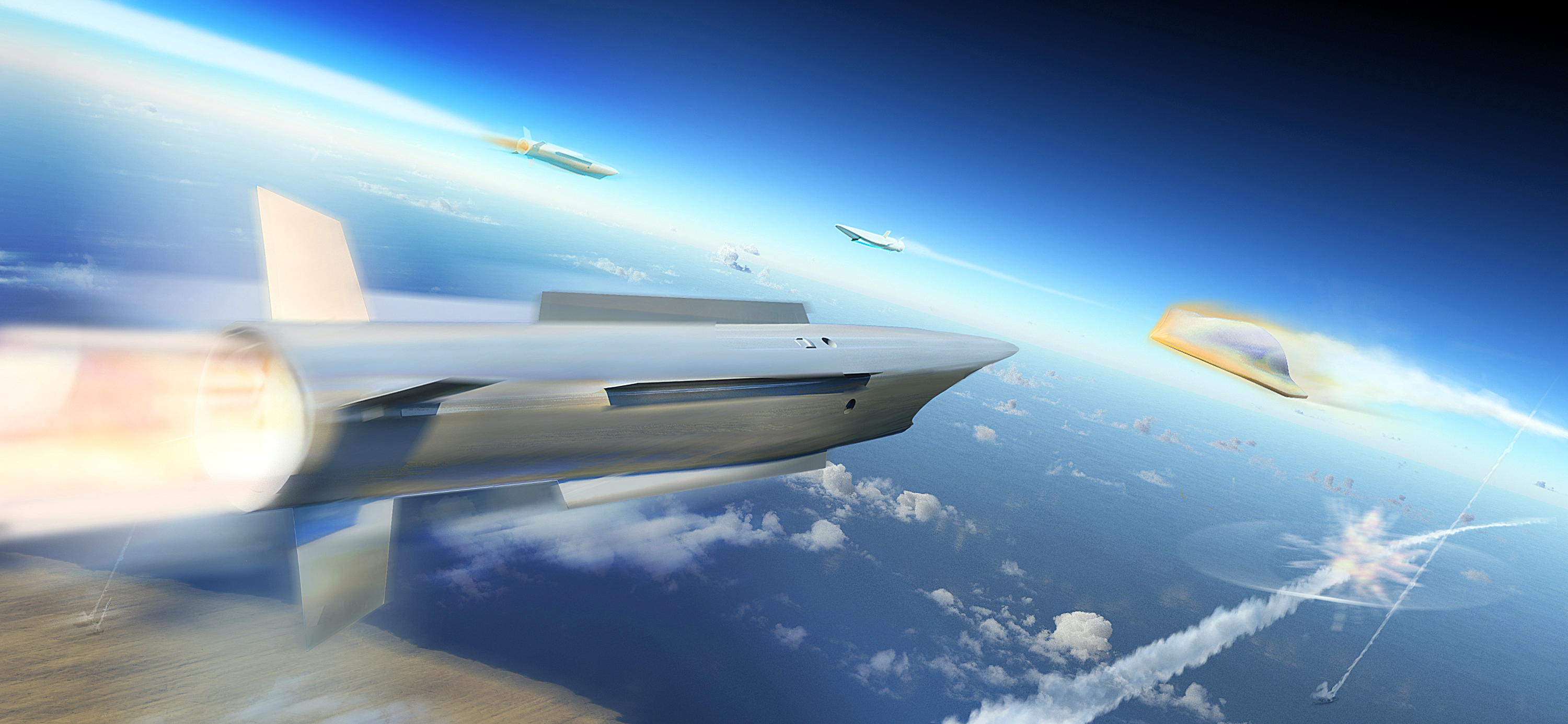
The United States once led the world in hypersonic technologies, with crewed hypersonic aircraft programs that even predated the launch of Sputnik in 1957. In the 1990s and early 2000s, the United States continued to mature scramjet technologies. In 2004, NASA’s X-43A achieved a record-setting Mach 9.64 under scramjet propulsion, then in 2013, Boeing’s X-51 Waverider—also a scramjet-powered vehicle—set the now-broken record for longest duration hypersonic flight at 210 seconds.
However, hypersonic technologies come at an extremely high cost, and with debate ongoing about their potential strategic value in a fight, America let its hypersonic efforts languish to some extent through two decades of the Defense Department’s focus on asymmetric warfare in the Middle East.
During that time, Russia and China made significant strides in developing hypersonic boost-glide weapons, which have become a point of contention within American political discourse. This debate grew more heated last year, as the United States announced repeated testing failures of hypersonic weapons like ARRW.
However, the truth is more complicated than simply who can field the fastest missile first. Hypersonic weapons are extremely expensive, making their potential use-cases more limited than other types of missile systems. And while hypersonics are often touted as indefensible, the fact of the matter is, even subsonic missiles are incredibly difficult to intercept. Many have wondered about the value of a single hypersonic missile when a dozen or even a hundred cheaper missiles could be fired at the same target for the same cost.
The real truth is, the United States, China, and Russia are racing to field new hypersonic weapons, but they each have different strategic goals. Russia is aiming to convey an image of military and technological prowess for the sake of geopolitical posturing and furthering its weapons sales efforts. China is working to shore up its area-denial capabilities throughout the hotly contested South China Sea. And the U.S. is aiming to field new strategic capabilities it can use not just for deterrence, but in a wide variety of combat scenarios.
If it is an arms race, it’s safe to say that it’s one with multiple finish lines. The real race isn’t about who fields these weapons first — it’s about who fields new capabilities that force their opponents to shift their strategic posture. And with the U.S. now inching toward fielding a broad variety of hypersonic missiles, the race appears to be far from over.
